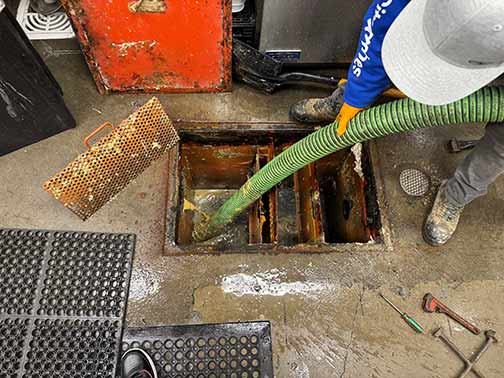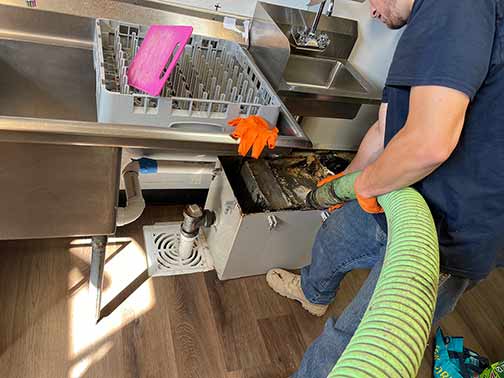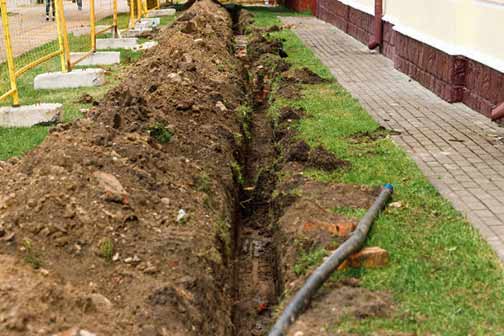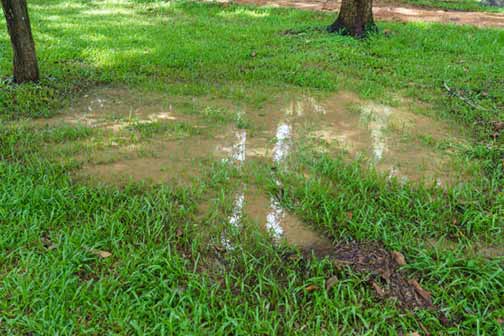
Plumbing networks are among the largest systems found in homes. In addition, according to Fireside Management, an average-sized modern house will have hundreds of feet of pipes that make up its plumbing. This vast system is necessary to bring fresh water into the home and remove used water.
But with so many pipes, valves, joints and fixtures making up the home’s plumbing, there are bound to be numerous opportunities for problems in the system. That is why plumbing issues are among the most common problems homeowners face.
Top of the list of these problems are clogs in the drainage system, and perhaps the worst clog is the toilet clog. A clogged toilet can disrupt the daily routine of your entire family, and if the problem is bad enough, it can cause massive damage to your home.
Why do toilet clogs happen, and are there steps you can take to prevent them? To help you understand this problem, this post will explain the science behind the formation of clogs in your toilet, as well as simple steps to slow down or prevent these processes.
The simple science of toilet clogs
When it comes to toilet clogs in your home, three scientific principles are at work.
Density
When an object is immersed in water, it will displace the same volume of water as its volume. If the weight of that displaced water is greater than the object’s weight, the object will float. But if its weight is greater than the weight of the water, the object will sink.
That explains why some objects float in water while others – which may be smaller – sink. Since waste matter contains different materials with different weights, some of these materials will float while others will sink. That can disrupt the flow of the water through your drain pipes.
The law of hydrodynamics
Hydrodynamics deals with the motion of fluids or the motion of objects when they are immersed in fluids. Water moves in a certain way when it flows through your drain lines, but this pattern is disrupted when solids or semi-solids are inside the wastewater.
When water encounters a solid material, it will try to flow over or around it. That can lead to more solid objects being deposited around the location of the first one, leading to a blockage in the path of the water. That is a common problem in the toilet drain since toilets handle a lot of solid waste.
Adhesion and cohesion
This refers to the tendency of substances to either stick together or stick to nearby surfaces. Adhesion is when substances stick to surfaces, while cohesion is when similar substances stick together. Adhesion and cohesion play a role in the formation of toilet clogs.
Adhesive substances stick to the sides and bottom of drainpipes, making them uneven and slowing the movement of wastewater. That increases the rate of buildup inside the pipes. Cohesive substances clump together to obstruct the pipe channel, making it hard for wastewater to pass through.

Cleaning your toilet regularly makes it easier to spot problems in their early stages.
How to avoid toilet clogs
From the explanations above, it is clear that the number one cause of toilet clogs is the presence of solid and semi-solid materials in wastewater. To prevent toilet clogs, you must take steps to make it easier for these materials to flow from your toilet into your main sewer line.
Here is how you can do that:
Only human waste and toilet paper
Nothing but water, toilet paper and human waste should go into your toilet. Never flush so-called flushable items like wipes, paper towels, feminine hygiene products, latex condoms, diapers, dental floss and other items into your toilet.
Use single-ply toilet paper
Single-ply toilet paper will not clog your toilet because it disintegrates quickly and is sewage/septic-friendly. Double-ply toilet paper, on the other hand, is more comfortable but doesn’t dissolve as fast as single-ply. Double-ply toilet paper increases the risk of toilet clogs.
Flush your toilet twice
Low-flow toilets increase the risk of toilet clogs. That is because they don’t use enough water to allow waste to flow freely through the pipes. To solve this problem, you may need to flush your toilet twice if you think the waste has not been completely removed.
Clean your toilet regularly
Cleaning your toilet regularly makes it easier to spot problems in their early stages. If you have had issues with toilet clogs before or suspect one could be forming, fill a 5-gallon bucket halfway with water and pour it into the toilet bowl. Make sure to pour the water fast.
Lastly, periodic inspection of your toilet and entire plumbing system by a professional plumber will help to keep toilet clogs at bay.
















